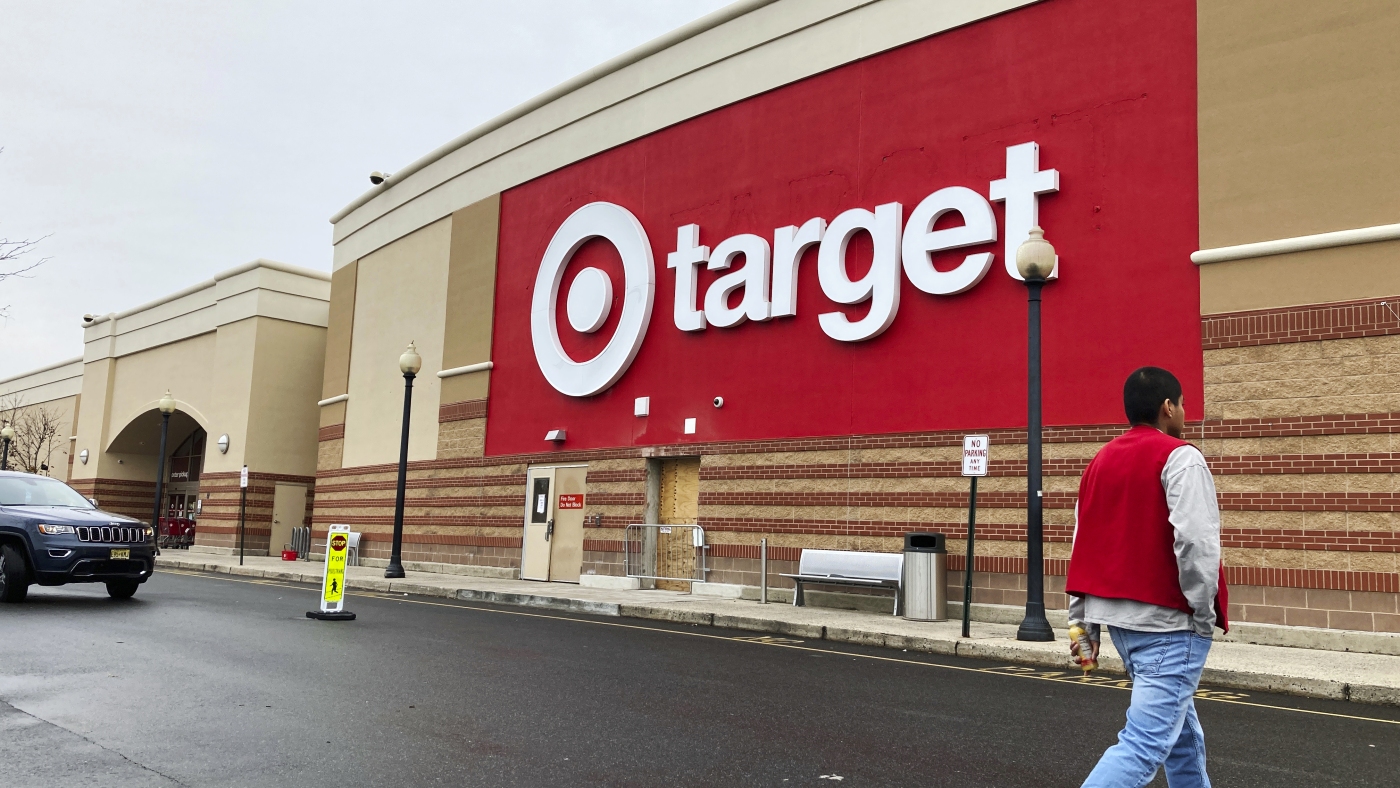Navigating the Tariff Turbulence: How U.S. Retailers Are Grappling with Rising Costs
The escalating tariff conflict initiated under President Trump’s administration is not just a political skirmish but a real economic pressure test reshaping the U.S. retail sector. At its core lies a persistent dilemma: how to reconcile the longstanding retail mantra of “everyday low prices” with the unavoidable cost hikes triggered by import tariffs. Major retailers such as Walmart and Target find themselves stuck between absorbing these increased costs, risking shrinking financial margins, or transferring them to consumers, risking customer backlash and political consequences.
The Price Tug-of-War: Tariffs Against Retail Strategies
Retailers are balancing a precarious scale. Walmart, the largest retailer globally, has openly warned it might raise prices as tariffs start to bite. Its CFO John David Rainey highlighted a calculated approach, suggesting that pricing decisions lean on the “elasticity of demand.” This economic concept means that for products where buyers are sensitive to price changes (elastic demand), price hikes will be restrained, while items with fewer substitutes (inelastic demand) might see steeper increases.
This pragmatic strategy underscores a wider industry reality: the razor-thin margins that retailers operate under leave little room to “eat” the tariffs outright. Escalating tariffs effectively act like hidden cost surcharges that squeeze profitability. The tension is no hypothetical scenario—it is already forcing retailers to rethink where and how they adjust pricing without completely alienating their customer base.
Political Pressure Cooker: Public Relations in a Charged Atmosphere
This financial challenge intersects with a volatile political and public relations landscape. Retailers risk incurring President Trump’s displeasure by announcing price hikes, as happened with Walmart, which drew public criticism from the administration urging it to shoulder the tariff burden instead of raising consumer prices.
Yet, transparency is fraught with risk on the consumer front as well. Shoppers have become acutely aware of rising prices on everyday items ranging from groceries to electronics—many of which depend heavily on imports. This magnifies customer sensitivity and makes framing price increases a delicate task: retailers must communicate honestly enough to retain trust but cautiously enough to avoid backlash or fueling negative publicity.
The Ripple Effect: Tariffs Touching Consumer Goods Across the Board
Tariffs have cast a wide net, influencing various retail sectors in nuanced ways:
– Groceries and Produce: Essential imports like seafood, coffee, sugar, and staple groceries are expected to experience price bumps. Given the daily necessity of these goods, this segment faces particularly heightened sensitivity to cost increases.
– Toys, Electronics, and Home Goods: Sectors depending heavily on imported goods have felt immediate pricing pressures, forcing many companies into quick adjustments to protect profit margins.
– Durable Goods: Retailers specializing in appliances and electronics confront a grim outlook, with analysts forecasting earnings per share declines of around 33%, underscoring the severity of tariff-induced cost disruption.
Retailers’ Tactical Playbook: Strategies to Mitigate Tariff Impact
In response to these multi-layered challenges, retailers are adopting varied and creative approaches:
– Selective Pricing: Leveraging demand elasticity, retailers adjust prices where consumers show more tolerance, cushioning sensitive categories.
– Promotional Drives: Before tariffs fully materialize in consumer prices, stores ramp up sales campaigns, hoping to capitalize on volume before costs escalate further.
– Operational Efficiency: Retailers are hunting for internal savings through supply chain optimization, cost-cutting measures, and exploring alternative sourcing, aiming to soften the tariff sting internally.
Economic Impact and Consumer Realities
Despite earlier government assurances that tariffs would exert minimal inflationary pressure, the reality on the ground feels different. There is growing consensus among economists and Treasury officials that tariffs are pushing prices higher, translating into a tangible inflationary trend in everyday American spending.
Consumer responses have so far ranged from passive acceptance to growing concern, but sustained tariff regimes threaten to erode disposable income and dampen consumption. Retail analysts warn of volume declines, estimating softline retail sales could drop by approximately 3%, as price increases deter discretionary spending.
Conclusion: The Tariff Tussle Leaves Retailers and Consumers in a Bind
Retailers today stand at a crossroads shaped by conflicting imperatives. Walmart’s recently publicized price hikes mark a turning point—signals that retailers can no longer indefinitely shield consumers from geopolitical trade frictions playing out on their shelves.
This tariff conflict encapsulates a profound paradox: policies intended to protect certain domestic industries inadvertently fuel cost pressures felt by everyday consumers. The ongoing challenge for retailers will be to skillfully balance absorbing rising costs against preserving customer loyalty through competitive pricing.
What lies ahead is a phase of heightened uncertainty, marked by more pricing volatility, strategic shifts, and an uneasy balancing act. As America’s largest retailers adapt to these evolving trade policies, consumers must brace for the possibility that the price of “everyday low” might no longer stay as low as it once was.











